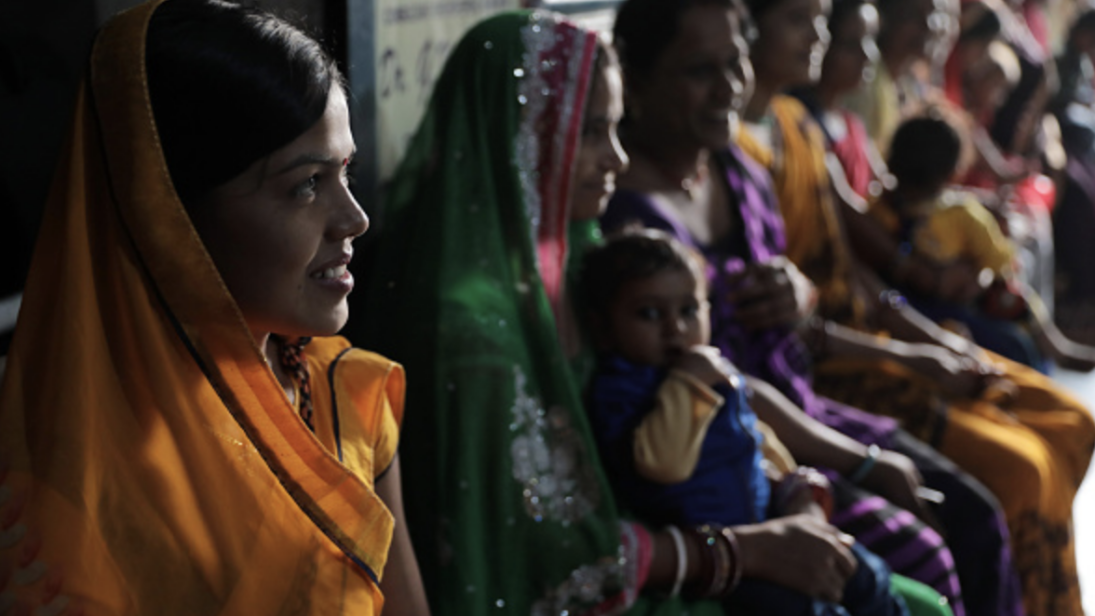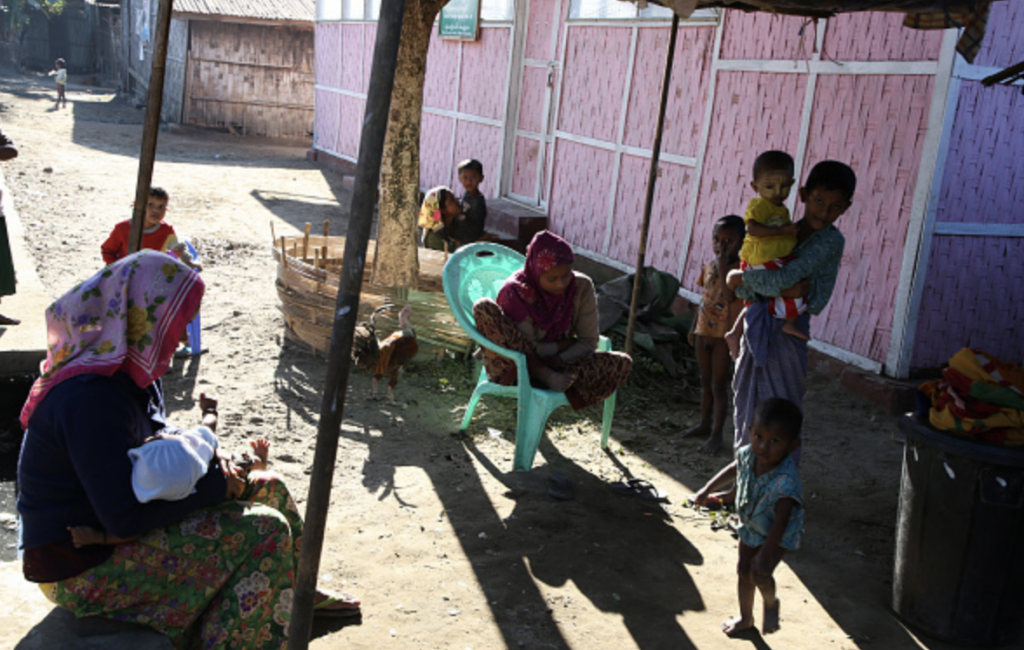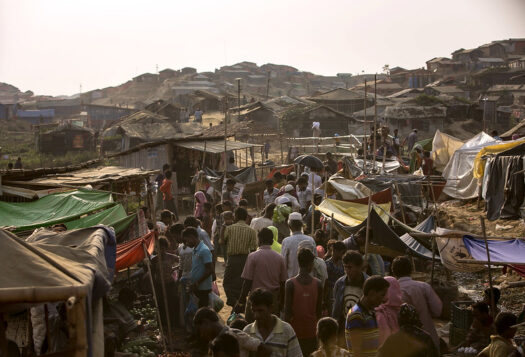
In the summer of 2021, two states of India–Uttar Pradesh and Assam–have considered bills to what they proclaim as ways to encourage implementation of ‘decent family planning’. Some see this as a way to target the minority Muslim population of the country who are deemed to have a higher fertility rate in comparison to the nation’s Hindu majority population. This is not a minor issue as Uttar Pradesh is the country’s most populous province, and Assam is the nation’s gateway to the historically troubled north-eastern region.
The most well-known country to have had a strict population policy was China. On May 31 2021, China announced that couples would now be allowed to have up to three children. Chinese authorities cited that strict birth limits have created a ‘rapidly aging population and shrinking workforce’ that is straining the country’s economy. This can be taken as an admission that the consequences of the one-child norm (which was replaced with a two-child limit in 2016) were counterproductive. Therefore, it will be worthwhile to consider the nuances of this topic in India and also understand the broader regional perspective by considering cases that have been successful and which ones have not.
Assam and Uttar Pradesh’s demographic fears
In June, Assam’s Chief Minister Himanta Biswa Sarma said that a particular “minority community” should adopt a ‘decent family planning policy’ for poverty reduction. In this context, I will quote what a politician from Assam once told me: “Muslims will demand Assam as a Muslim state. It is because Hindu families are giving birth to 1 or 2 children, and according to Hindu law over here, only one marriage is allowed. In Muslim communities, they can marry 9-10— as much as they want. Their birth rate is also much more than that of the Hindu community.” This quote summarizes how certain politicians in Assam portray the higher birth rate within the Muslim community as being part of a larger plan to change the demography of the state.
This singling out of a ‘community’ is unfortunate, to say the least, given the fact that the increase in Muslim percentage has slowed down in Assam over the past couple of decades.
This singling out of a ‘community’ is unfortunate, to say the least, given the fact that the increase in Muslim percentage has slowed down in Assam over the past couple of decades. In 2005-6, the fertility rate among the state’s Muslims was 3.6, but in 2019-20 it came down to 2.4. According to India’s National Family Health Survey of 2019-20, the Total Fertility Rate (TFR) in Assam is 1.9, which is lower than the ‘replacement rate’ of 2.1. So, is there really a need for such a policy that would prevent people with more than two children from securing government jobs or contesting municipal elections as proposed in Assam?
The following month, on July 11, Uttar Pradesh released a new draft bill outlining that couples with more than two children will be barred from applying for government jobs, seeking job promotions, and benefiting from government subsidies. While the state’s Chief Minister Yogi Adityanath did not mention any particular community when unveiling the bill, he did tell officials that the final version of the new population policy should be designed in a way to maintain “the demographic balance in all the communities”.
It should be emphasized that overall in India, the TFR among Muslims in the southern states is much lower than the TFR among Hindus of three densely populated northern states: Uttar Pradesh, Madhya Pradesh, and Bihar. In fact, when examining each region of the country, it is also noticeable that fertility rates among Muslims are closer to their Hindu counterparts, along with other socioeconomic indicators.
Genocidal Tactics in Myanmar
Now, if we consider India’s eastern neighbor, Myanmar, we find an alarming story. In 2005, a regulation was passed which restricted Rohingya Muslims to have two children. The implementation of the population controlling policy was consistent with broader laws geared towards the persecution of the largely stateless Rohingyas and violated international human rights protections.
In a 2013 report, Human Rights Watch urged the Myanmar Government to withdraw this discriminatory population control regulation. Due to this law, Rohingya children in a family that already had two children became ineligible to receive any legal status, thereby making them ineligible to acquire education and other government services. They were also unable to receive travel permissions, and in the future not being permitted to marry or acquire property. Human Rights Watch further said that this policy endangered women’s physical and mental health because to avoid paying fines or being arrested, Rohingya women who became pregnant after having two children were resorting to unsafe self-induced abortions.

Human Rights Watch advised that contraceptive services and other reproductive and sexual health services should be provided in a non-discriminatory and non-coercive manner to all women in Myanmar.
The Successful Case of Bangladesh
Now, moving on to another eastern neighbor of India, Bangladesh, we find that the implementation of non-discriminatory family planning measures being successful in reducing fertility. In 2000, the UN projected that Bangladesh’s population would soar to 265 million by 2050. The latest projections show the numbers are likely to climb to slightly more than 200 million by mid-century before stabilizing soon after.
Since the country gained independence in 1971, both fertility and mortality rates declined drastically. According to the World Bank, in 1971, the total fertility rate was 6.94, which by 2019 reduced to 2.01. At the same time, life expectancy increased to around 73 years in 2018 from just 46 years in 1971. One reason for this accomplishment in improving socio-economic indicators is attributed to improved gender parity in school enrolment in the country, which has been achieved at both primary and secondary levels. In fact, with almost 6.4 million girls in secondary school in 2015, the country is among the few countries in the world where girls outnumber boys in secondary schools.
Experts note that success in increasing education, employment opportunities, and accessibility of contraceptives to women is primarily due to the local NGO sector. Over the years, NGOs have employed women field workers to provide family planning advice at people’s doorsteps and provided contraceptives. Trained female health workers from NGOs also make regular follow-up visits to help women adopt a method of contraception that was best for them, treat side-effects, and provide basic maternal and child healthcare.
Considering the cases of Assam and Uttar Pradesh, it is also evident that the population policies in both these states are driven by ‘demographic fears’ stemming from Islamophobia.
A health organization called International Center for Diarrheic Disease Research, Bangladesh or ICDDR,B has one of the longest-running and most detailed health and population data sets in its Matlab hospital located in the south of the country. Through its field hospital, ICDDR,B demonstrated to women with little or no formal education how to plan their families, and this approach has spread throughout Bangladesh.
A Simple Choice for Policymakers in India
After considering examples of Myanmar and Bangladesh, it is noticeable that discriminatory and involuntary policies in the former case have not worked, while it has worked in the latter case where the policies were exactly opposite and not discriminatory. Considering the cases of Assam and Uttar Pradesh, it is also evident that the population policies in both these states are driven by ‘demographic fears’ stemming from Islamophobia. Yet, it should be quite apparent to Indian policymakers which example to emulate—non-discriminatory policies of Muslim-majority Bangladesh worked far better than the discriminatory policies implemented by the genocidal regime of Myanmar. The question is now whether Indian policy makers will still emphasize on singling out a particular community when formulating such policies?
Editor’s Note: A version of this piece was originally published on E-International Relations, and has been republished with permission of the author.
***
Image 1: Paula Bronstein/The Verbatim Agency via Getty Images


